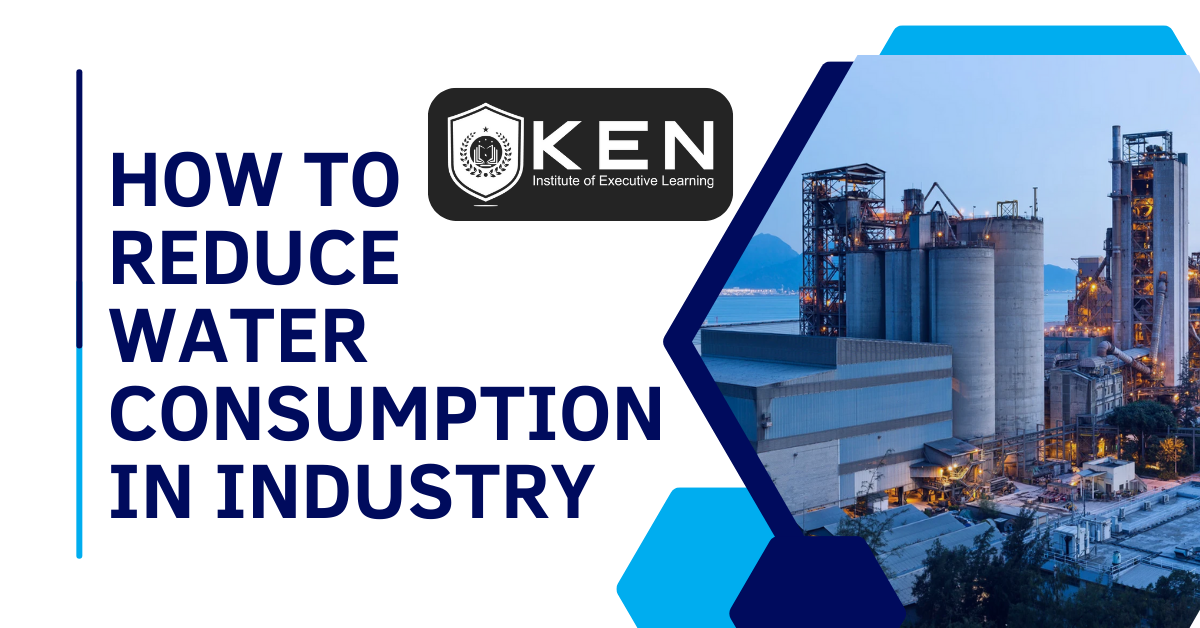Saudi Arabia is adopting sustainability as a core element of its Vision 2030 economic reform agenda, driving transformative practices across whole construction industries. The construction industry in Saudi Arabia is rapidly transforming to align with the country’s vision for environmental sustainability. Innovative solutions and eco-conscious strategies are reshaping the urban landscape. This change is largely driven by the Saudi Vision 2030 initiative, which aims to diversify the economy and reduce reliance on oil by promoting eco-friendly development.
Future Outlook
With increasing environmental awareness and government backing, Saudi Arabia’s construction sector is on a clear path toward sustainable urban development, making it a model for green growth in the Middle East.
Here’s a detailed look at how the industry is embracing environmental sustainability in Saudi Arabia:
-
Integration of Green Building Standards
Saudi Arabia has adopted international green building certifications like:
- LEED (Leadership in Energy and Environmental Design)
- SABRI (Saudi Building Rating System)
- Mostadam, a local green building rating system tailored for residential and commercial developments.

Imagesource: saudiconstructionconsulting
These certifications encourage: Energy efficiency. Water conservation. Reduced carbon footprint and Sustainable construction materials.
-
Mega Projects Leading the Way
Flagship projects are embedding sustainability from the start:
- NEOM City: A $500 billion futuristic city aiming to be fully powered by renewable energy.
- The Line: A linear city within NEOM, with zero cars, zero streets, and zero carbon emissions.
- Red Sea Project: Focuses on regenerative tourism with zero waste to landfill and carbon-neutral operations.

Image Source: thesaudiboom
-
Sustainable Construction Practices
Construction companies are now adopting: Modular construction to reduce material waste. Use of recycled and locally sourced materials. Efficient waste management systems on sites and Smart construction technologies like BIM (Building Information Modeling) to optimize resources and reduce waste.
-
Shift Toward Renewable Energy
Buildings are increasingly being designed to: Utilize solar energy through rooftop panels. Optimize natural lighting and ventilation to reduce electricity consumption. Incorporate energy-efficient HVAC systems.
-
Policy Support and Regulation
The Saudi government is: Implementing strict environmental regulations for new developments. Offering incentives for green building projects also Supporting public-private partnerships for sustainable infrastructure.
-
Education and Workforce Development
- Training programs in green construction and sustainability are growing.
- Universities and technical institutes now offer environmental engineering and sustainability programs.
- Emphasis on HSE (Health, Safety, and Environment) certifications in the construction workforce.
The Key Trends, Innovations and Future Directions along with the construction industry in Saudi Arabia is embracing environmental sustainability
1. Urban Planning Focused on Sustainability
Saudi Arabia is rethinking urban planning to reduce environmental impact: Smart cities are being designed to integrate digital infrastructure with sustainability. Emphasis on walkability, public transport, and green spaces. Reduced urban sprawl to limit disruption of natural ecosystems.
Examples:
- King Abdullah Economic City includes extensive green zones and eco-friendly transportation.
- Jeddah Central Development includes plans for eco-tourism, marine conservation, and sustainable waterfronts.

King Abdullah Economic City
Image Source: meconstructionnews
-
Eco-Friendly Building Materials
The construction sector is shifting toward materials that are: Low carbon in production (e.g., green cement). Recyclable or biodegradable, like bamboo, recycled steel, and compressed earth blocks. Locally sourced to reduce emissions from transportation.
Example: Use of Geopolymer concrete in place of traditional Portland cement to significantly reduce CO₂ emissions.

Image Source: sciencedirect
-
Digitalization for Sustainability
Use of Tech innovations in reducing environmental impacts: BIM (Building Information Modeling) helps track material use, optimize designs, and reduce waste. IoT sensors monitor air quality, energy usage, and environmental performance in real time. AI-based construction planning minimizes environmental disruption and resource consumption.
4. Water Conservation Strategies
Water scarcity is a critical issue in Saudi Arabia.
The construction industry is: Using greywater recycling systems. Designing low-flow plumbing fixtures and water-efficient landscapes. Building desalination and water reuse plants as part of large infrastructure projects.

Image Source: meftinternational
-
Incentives for Green Contractors and Developers
The government provides: Tax benefits and grants for eco-friendly projects. Preferential treatment in government tenders for companies using sustainable practices. Access to green finance instruments like green bonds.
6. Retrofitting and Green Renovations
Older buildings are being retrofitted to: Improve energy efficiency through better insulation, window glazing, and lighting systems. Install smart building management systems for energy and water usage. Replace fossil-fuel-based power sources with solar panels or district cooling systems.
7. Monitoring and Compliance
Regulatory bodies, such as the Ministry of Municipal and Rural Affairs and Housing (MoMRAH) and Saudi Green Building Forum (SGBF), ensure: Ongoing compliance with environmental standards. Use of Environmental Impact Assessments (EIA) before construction approvals. Implementation of monitoring frameworks for long-term sustainability.
Key National Goals Aligning with Construction Sustainability
Aligned with Vision 2030 and the Saudi Green Initiative, key targets include:
- Planting 10 billion trees.
- Increasing the share of renewables in the energy mix to 50% by 2030.
- Achieving net zero emissions by 2060, requiring a full shift in construction methodologies.
Circular Economy Practices
Saudi Arabia is encouraging circular construction, including: Designing for disassembly, where building components can be reused. Construction and demolition (C&D) waste recycling, which is mandatory in many regions. Encouraging the reuse of construction materials from deconstructed buildings.
Measures Taken by Various Industries
3D printing technology enables accelerated construction timelines, reducing time by up to 30 to 50 percent and labor requirements by 50 percent. It significantly reduces material waste and ensures no leftover raw materials, contributing to a cleaner and safer working environment, by lowering dust and noise levels.
Among its innovations, SCG’s concrete fabric company offers a sustainable solution for erosion control and water management.
The flexible material, they provide, conforms to various shapes, reducing logistics costs and emissions while ensuring durability. The company’s commitment to local empowerment is equally noteworthy.
SCG actively collaborates with Saudi firms to train teams in low-carbon cement and ready-mix consultancy services.

Image Source: scginternational
Through cutting-edge technologies, collaborative efforts and the adoption of environmentally responsible materials, companies are setting a high standard for sustainable development.
These companies have made environmental stewardship a priority across its mega-projects, ensuring that development enhances rather than disrupts the delicate ecosystem. They have initiated several critical programs to safeguard endangered species and marine ecosystems.
Challenges
- Despite recent progress, the adoption of sustainable construction technologies has faced difficulties.
- One of the primary challenges is the high upfront cost of sustainable building practices, which can be a concern for clients.
- “Many are not fully aware of the long-term benefits, including cost savings and enhanced efficiency, that sustainable materials can offer.”
- Another pressing issue is the scarcity of resources. This scarcity extends to skilled manpower as well, which further impacts the ability to fully leverage local resources.
- There is currently a shortage of locally sourced materials, which poses a challenge to sustainable construction efforts.
- The integration of advanced technologies, development of local supply chains and investments in education as well as training will be critical to scaling sustainable practices.
Addressing these gaps is crucial for achieving greater sustainability in the sector.
Summary
Sustainability in construction is not just about preserving nature but also about adopting technologies that redefine how buildings are constructed. Nonetheless, the Sustainability experts are optimistic about the future. As the Kingdom advances its Vision 2030 reform agenda, the focus on green construction continues to grow. The successful implementation of sustainable methods requires collaboration, commitment and the right resources. All of which are becoming increasingly accessible in Saudi Arabia’s evolving environmental landscape.
————————————————————————————————
Reference : Arab News
——————————————————————————————–
Join us today in making the workplace a safer and healthier place for everyone. Join Ken Institute and unlock a world of online courses in Occupational Health and Safety, Fire Safety, Environment and Sustainability and Mechanical Engineering. Schedule a call with one of our admissions outreach advisors today.
Connect with us to start your journey to success!
Get in touch with us at: info@keninstitute.com
Visit our website: www.keninstitute.com
Call us on +917569034271
Let’s connect together on: Facebook, YouTube, LinkedIn, and Instagram.

